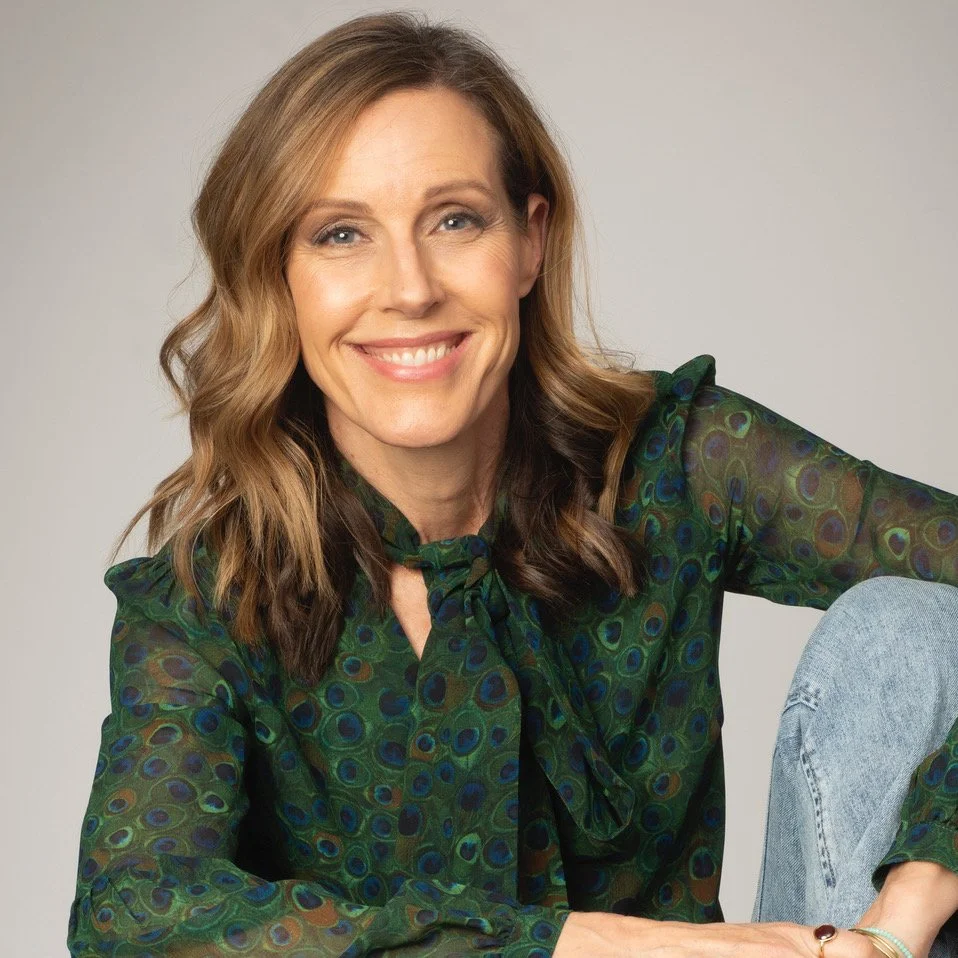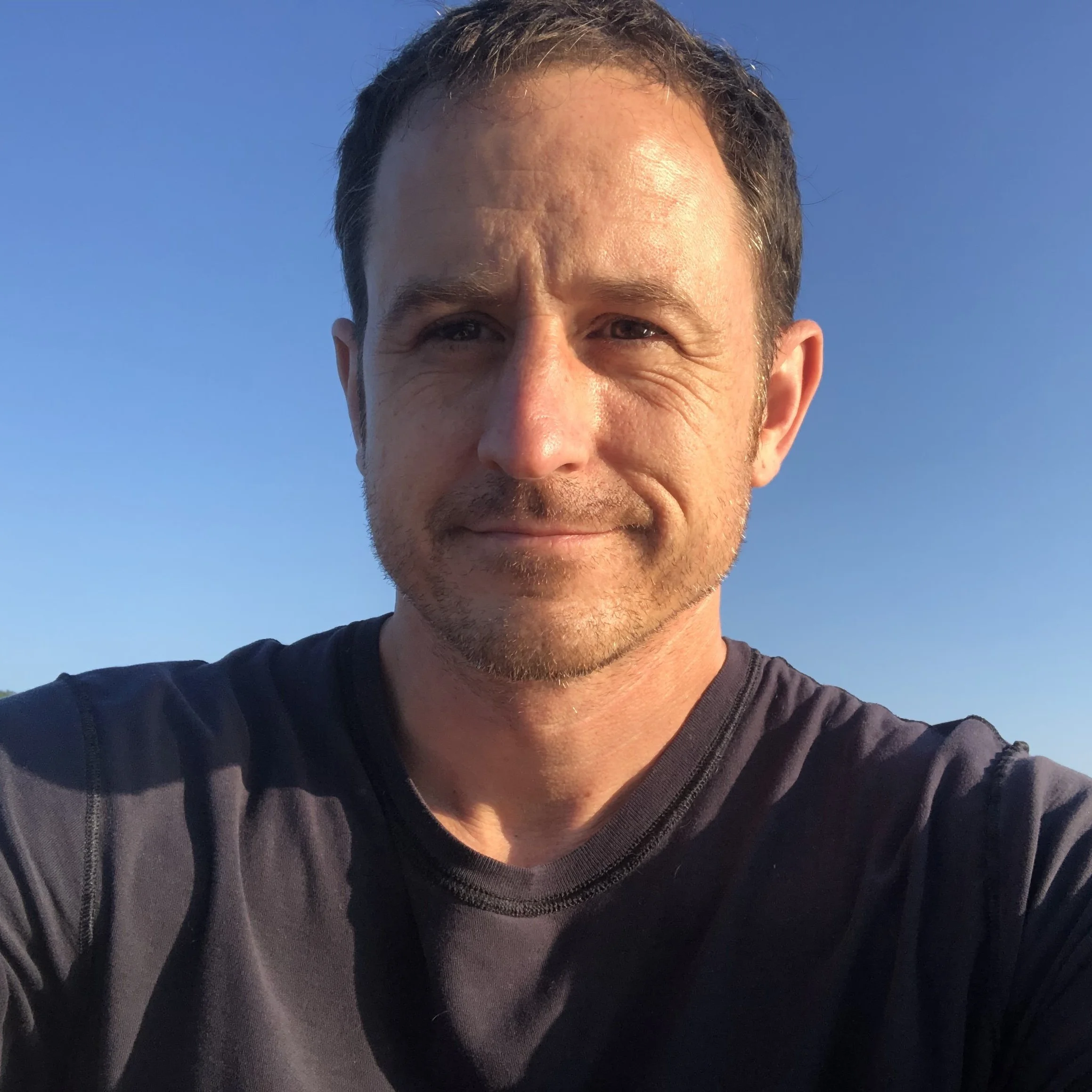What are we willing to give up to find meaning & a sense of belonging? - TARA ISABELLA BURTON
/Author of Here in Avalon · Social Creature
Strange Rites: New Religions for a Godless World
Self-Made: Curating Our Image from Da Vinci to the Kardashians
So this idea that we can present ourselves as works of art, that we can create ourselves has always had a particular sort of aristocratic coding, historically associated with monarchs, who create their public image and their public persona, including through fashion. Today, if we don't self-promote, self-create, and self-brand, will we find the right partner? Get into the right college? Even secure the best job?
















